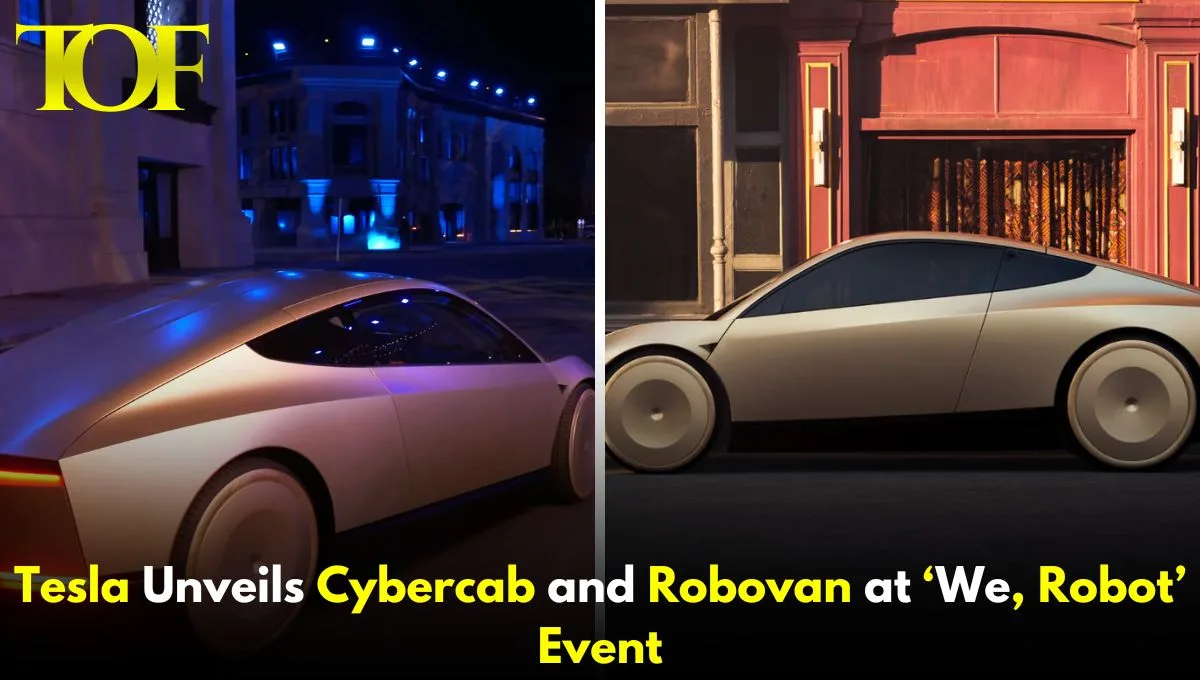Tesla Cybercab
At the ‘We, Robot’ event in California, Tesla CEO Elon Musk unveiled the Cybercab and the Robovan as he pursued his goal of making a driverless future. The Cybercab is a sleek two-seater model that comes with no steering wheels and pedals but guarantees full autonomous driving, aiming to sell it at less than $30,000; the production date before 2027 is expected.
The entrepreneur revealed that unsupervised Full Self-Driving (FSD) capabilities will come to Texas and California starting next year. No matter past delays in delivering on autonomous drive promises, Musk is upbeat about his current objectives. Tesla’s Robovan is another significant product, aimed at high-density transport needs, carrying as many as 20 people or goods.
Throughout his years, Musk frequently predicts breakthroughs in autonomous driving, which he has yet to come through. He initially promised back in 2015 complete autonomy in three years, though Tesla failed to materialize full unsupervised driving. However, Musk believes that they are now poised for a breakthrough.
He proudly acknowledged his history of over-optimistic timelines, often jokingly referring to himself as the “boy who cried FSD” yet remained optimistic about the development of the technology.
The inductive charging Cybercab and Robovan will dispense with the necessity for the plug-in. Tesla’s new cars were introduced in futuristic design, reliving a bit of modern aesthetics inspired by science fiction classics.
Musk’s vision for a driverless future also involves parking lot redevelopment as recreational spaces, to reflect the future where cars drive and charge themselves. He expects that some states will soon provide regulatory approval for states to implement the technology of self-driving, but safety and legalistic issues could hold back the widespread adoption process.
So far, hype aside, complete driverless vehicles have not yet been found. Independent testing shows Tesla’s FSD still needs a human driver’s intervention much more than Musk’s claims. The transition from partial to full autonomy will require not only technological progress alone but also considerable and profound regulatory changes.
Musk’s latest announcements shine further light onto his unshakeable vision of Tesla’s mission to pioneer the autonomous vehicle revolution. Whether these aspirational timelines will finally be met, however, will be an important test of technology and patience for investors and the broader automotive industry.
Read About Google’s Monopoly News
To Read More: Technology

